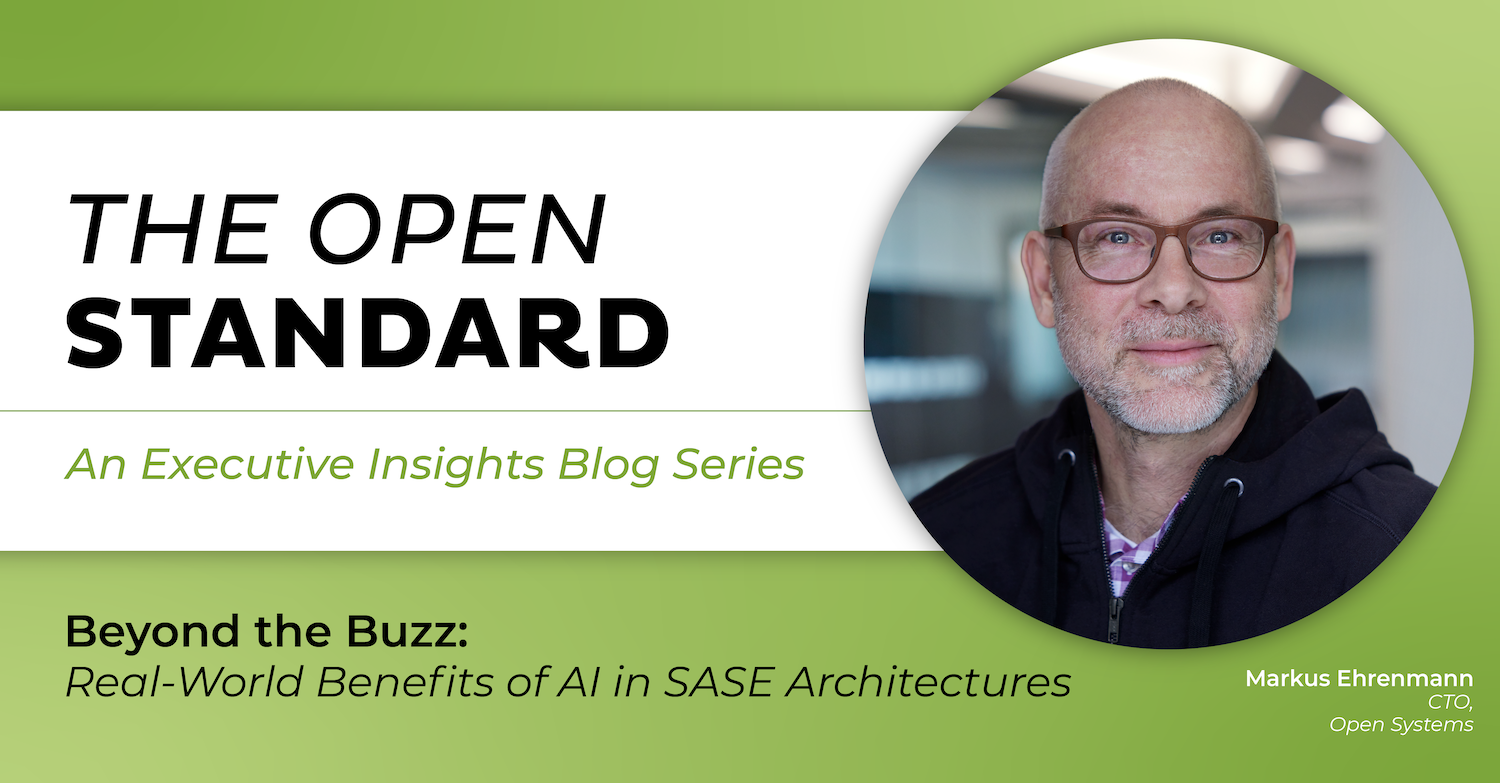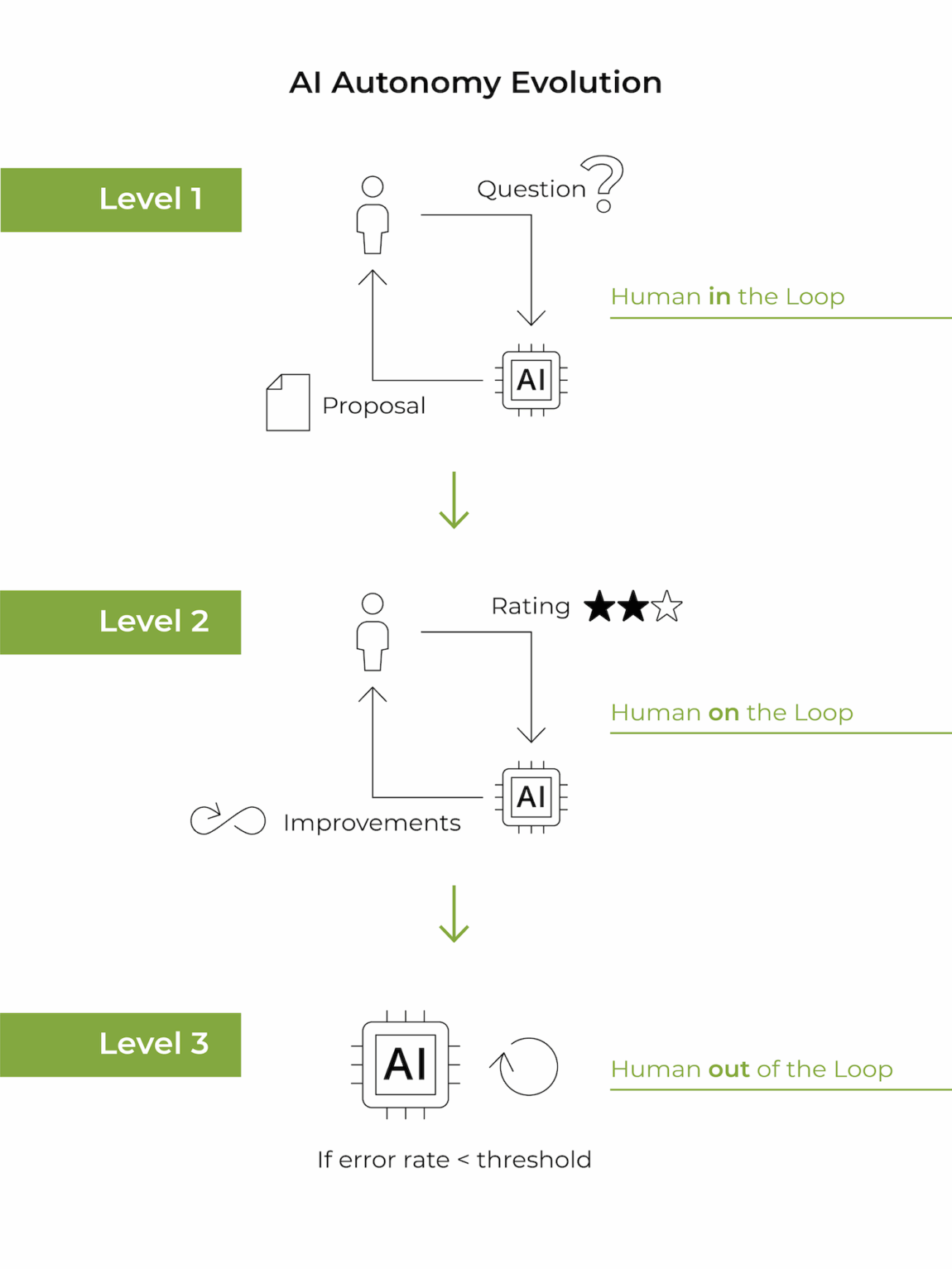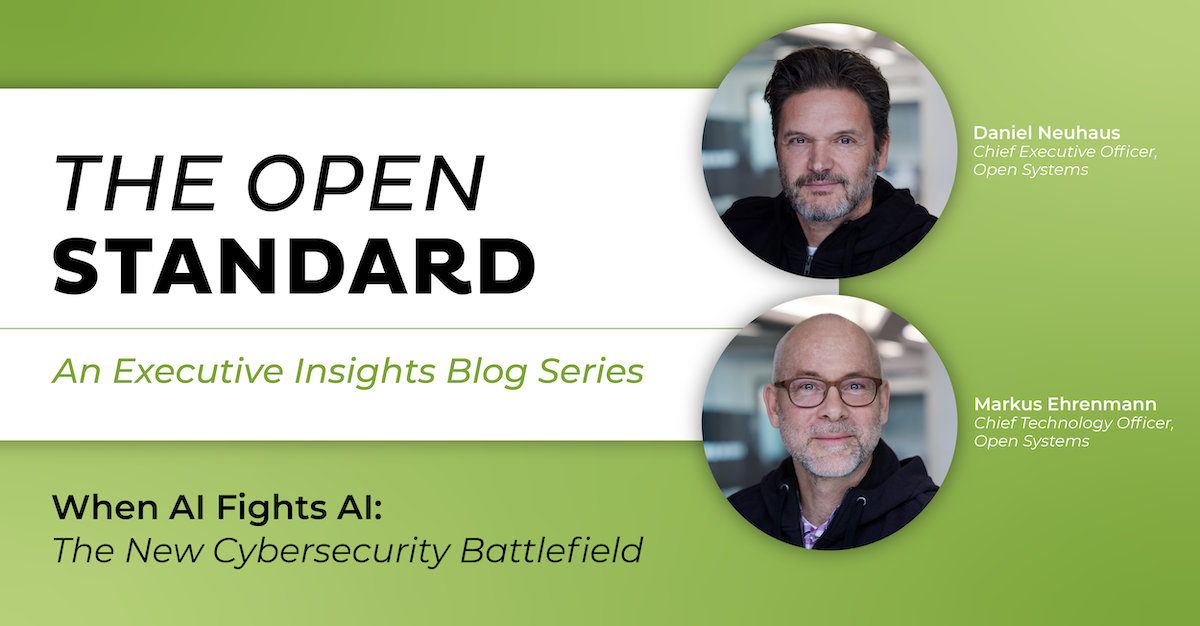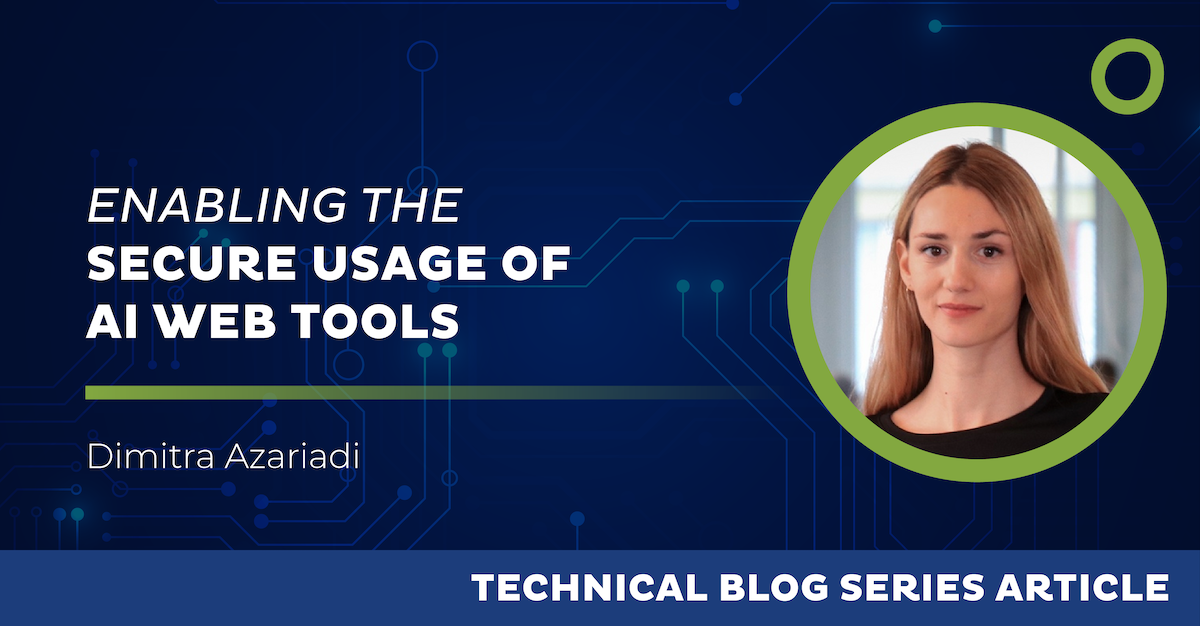
Beyond the Buzz: Real-World Benefits of AI in SASE Architectures


The demands on modern enterprise networks continue to grow. Hybrid work models, distributed infrastructures, and an increasingly complex threat landscape are driving up operational complexity—while expectations for efficiency keep rising. Many IT teams are reaching their limits.
SASE (Secure Access Service Edge) has emerged as a groundbreaking architectural model for running networks that are flexible, secure, and location-independent. Now, the next stage of evolution is already underway: the integration of Artificial Intelligence. AI not only makes SASE environments smarter, but also significantly more efficient—without compromising control.
Why SASE Alone Is No Longer Enough
SASE combines networking and security functions such as SD-WAN, CASB, ZTNA, and Firewall-as-a-Service into a comprehensive, cloud-based framework. This significantly reduces complexity for IT departments. However, as scale and data volumes grow, so does the operational burden: policy management, anomaly detection, response times—many of these still require manual effort.
This is where Artificial Intelligence comes in, addressing key weaknesses through targeted automation, continuous learning, and smart recommendations.
Three Tangible Benefits of AI in SASE Environments
- Automated Policy Management
AI identifies redundant, conflicting, or outdated security rules and suggests optimizations—before they lead to issues or gaps. - Application Discovery & Risk Assessment
New or unknown applications on the network are automatically discovered, classified, and assessed. Security policies can be adjusted in real time—without any manual intervention. - Real-Time Threat Detection
Unlike static rule sets, AI-powered models can proactively detect threats—even if they’re previously unknown or particularly complex. These learning systems continuously analyze traffic data and dynamically adapt to new attack patterns.
Less Routine, More Focus – Thanks to AI
Consider a common scenario faced by many IT teams: maintenance notifications from local ISPs arrive in various formats and languages. These must be manually reviewed, mapped to the affected customers, and factored into monitoring systems.
An AI-powered agent can help streamline this process by analyzing incoming messages and automating key workflows—such as notifying affected customers or temporarily suppressing alerts for planned outages. The result: saved time, fewer errors, and a noticeable reduction in workload for NOC teams.
Human in the Loop – With Full Control
As powerful as AI already is, Open Systems takes a deliberate Human-in-the-Loop approach. That means humans continue to make decisions about security-critical processes. AI provides analysis, recommendations, and actionable insights—but final authority remains with people.
Because trust is not created through full automation, but through transparency, accountability, and technology that supports humans—rather than replacing them.

Conclusion: More Than a Trend – A Strategic Opportunity
The combination of SASE and AI is no longer a vision of the future—it’s already happening. Organizations that embrace intelligent automation today gain real advantages: fewer operational obstacles, faster response times, greater security—and more focus on what matters most.
At Open Systems, we combine deep SASE expertise with innovative AI solutions that relieve IT teams, accelerate threats detection, and prepare enterprise networks for the future.
Leave Complexity
Behind
To learn how Open Systems SASE Experience can benefit your organization, talk to a specialist today.
Contact Us




